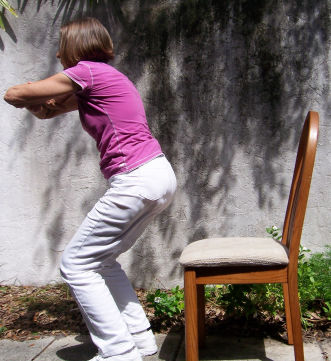
It is estimated that about 1 out of every 100 people over the age of 65 is affected by Parkinson's disease. The disease is, actually, a degenerative disorder of the central nervous system. In Parkinson’s disease, the dopamine producing cells (the basal ganglia) found in the midbrain, die. Nerve cells communicate with each other through chemical messengers (neurotransmitters) which they produce. The main neurotransmitter produced by the cells of the basal ganglia, is dopamine. When these cells degenerate (die), less dopamine is produced. This, in turn, will make communication between the cells less efficient. It is this inefficiency in communication that causes the tremor and uncoordinated movements that are characteristic of Parkinson’s disease.
Modern treatments focus on managing the early symptoms of the disease and make use of dopamine agonists, drugs such as levodopa, diet, rehabilitation, surgery and deep brain stimulation. In addition, those with the disease will be happy to know that a number of studies have shown exercise to be quite beneficial with regards to the management of the disease.

